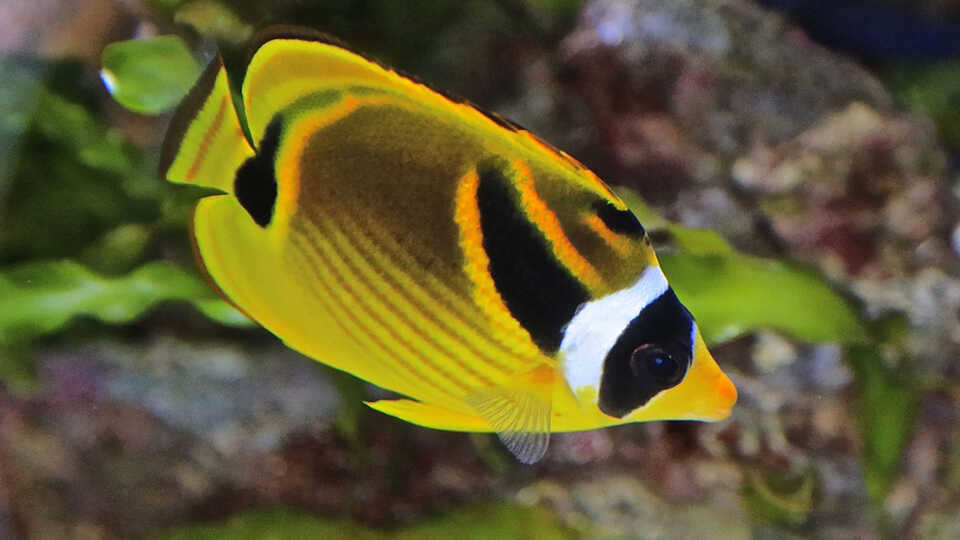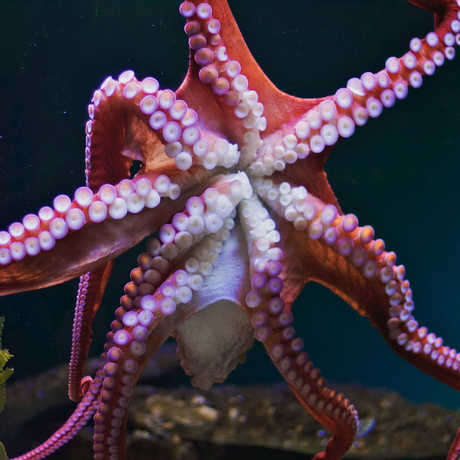
© Ron De Cloux
0
How can you use the shape of a fish to identify it, and learn about where it lives?
Objectives
Through this scavenger hunt, chaperones will lead small groups of students on a walk around the Aquarium in search of fish with certain shapes. Students will:
- Learn that looking at shape is a good way to identify fish.
- Learn that fish have body parts that help them thrive where they live
Materials
- Chaperone Booklet (one copy per chaperone)
- Student Worksheet (one per student or one per group)
- pencils (one per chaperone)
- clipboards (one per chaperone; one per student if they each get a Student Worksheet)
- stamp for marking off fish that have been found (optional)
Teacher Tip: This hunt is purposefully designed to be facilitated by chaperones rather than completed by students with pencils. By having adults focus on the reading and writing, your young students can better explore the exhibits.
Teacher Prep
- Provide chaperones with a Chaperone Booklet (with a stamp if desired), a clipboard and a pencil. Provide chaperones with either one Student Worksheet to be filled out by the chaperone with the entire group or one for each student (along with a clipboard).
- Go over the materials with your adult chaperones and make sure they are familiar with the activity.
- Make sure to mention that it is helpful to start with the Gar, the first fish on the list, since it is large and moves slowly, making it easy for you to spot all of the fish body parts. This fish can be found downstairs in the large tanks in the Swamp. There is plenty of space here, so you can spread the different groups between the two tanks.
Introduction for the Students
- Using the diagram on the first page of the Chaperone Booklet, clearly explain the vocabulary for each body part, having students practice saying the terms aloud. Inform students that all fish have these body parts in some form or another. Then, let students share any fish with which they are familiar.
- Explain that your small group will be visiting exhibits to look for different fish that students may not have seen before. Show students their worksheet, making sure they understand what they group hopes to accomplish together.
Leading the Hunt
- Use the silhouette of the fish shape on the Student Worksheet to help your students find the featured fish. The Habitat column on the Student Worksheet tells you in which exhibit area the fish can be found.
- Each time your group finds a fish, place a check or stamp in the circle on the Student Worksheet(s) and lead the group in discussion about the behavior, body parts (size, location, etc.) and how they relate to where the fish lives.
- The second page of the Chaperone Booklet has discussion points for each stopping point of the hunt. Adults are encouraged to facilitate discussion, and even ask questions themselves!
Appropriate for: Kindergarten - 1st Grade
Standards for: Kindergarten, 1st Grade
Prep Time: 5 minutes
Activity Time: 45 minutes
Subjects: Life Science, Structure & Function
Exhibits: California Coast, Philippine Coral Reef, Water Planet


